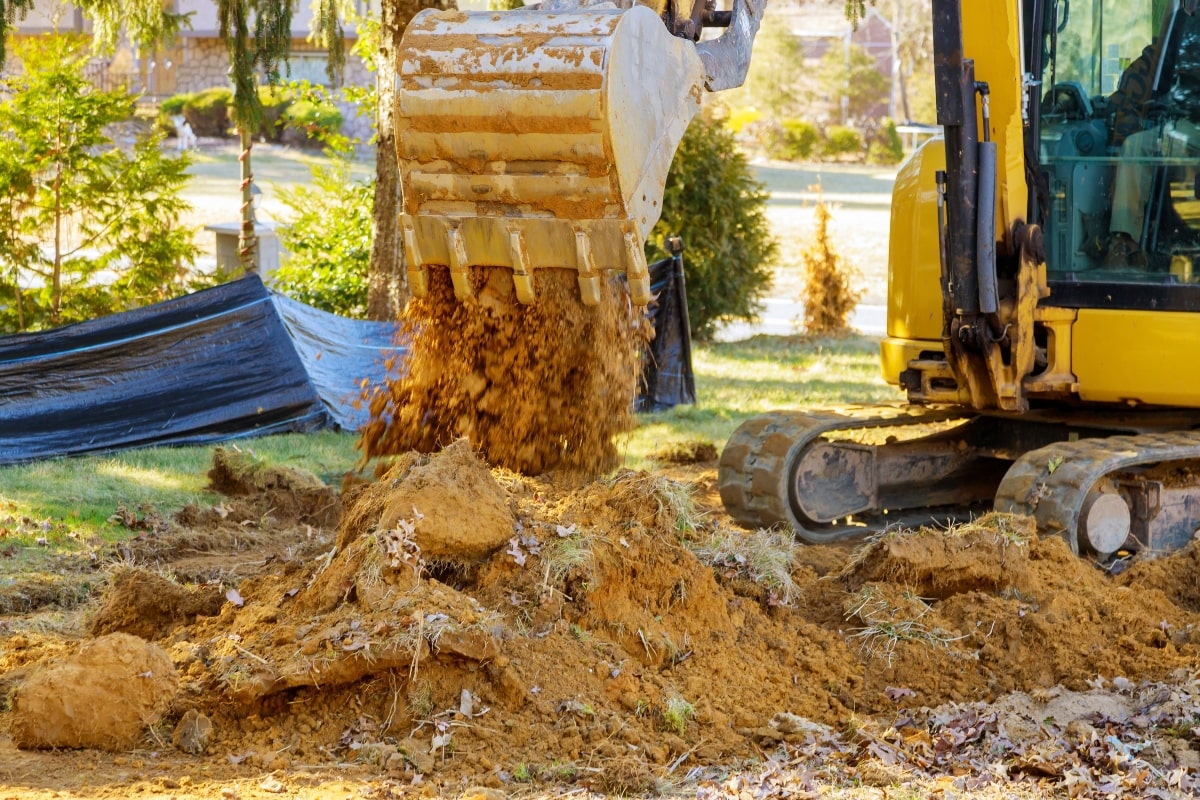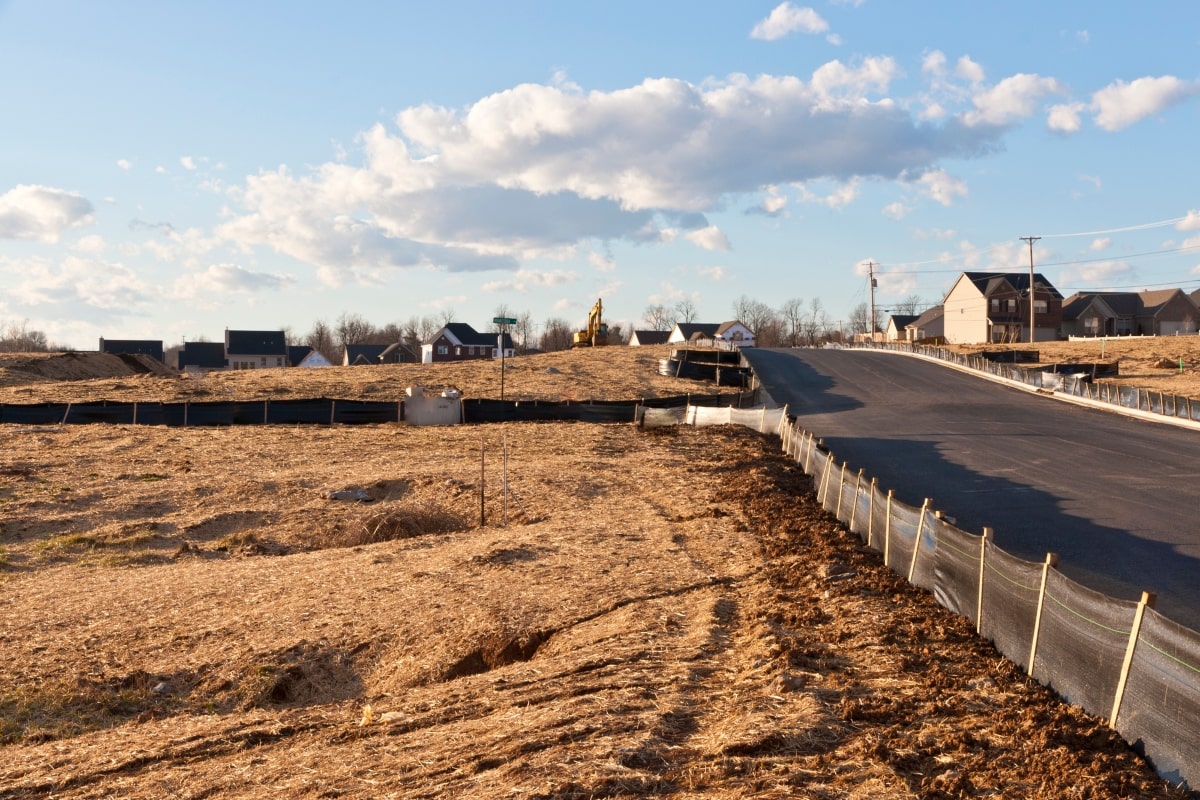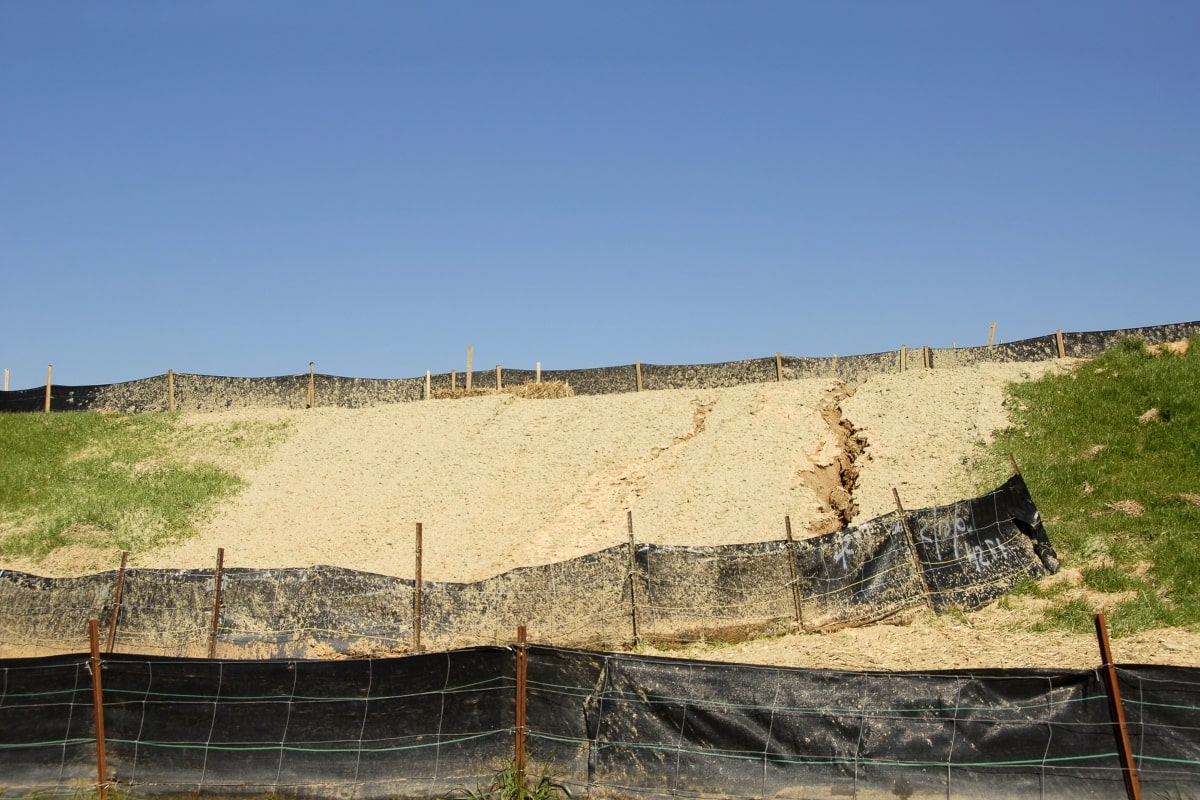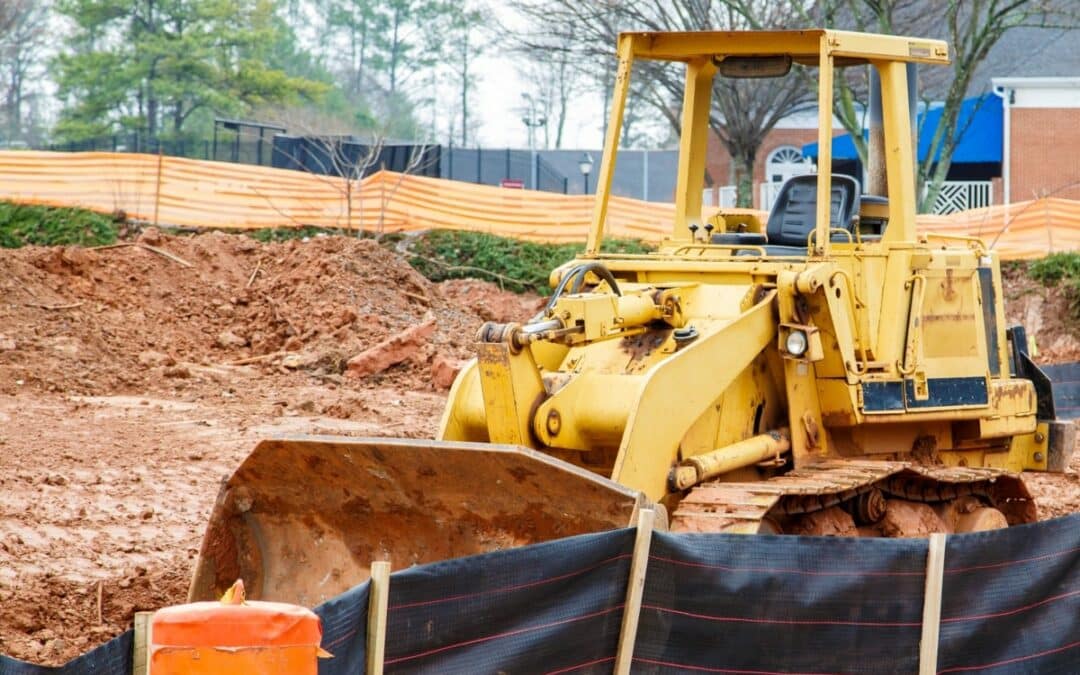Are you looking for ways to protect your site against sediment and soil erosion? Silt fence installation is one of the most effective methods of prevention. Not only do they help to prevent rain runoff from damaging delicate areas, but silt fences also act as a barrier for dirt and other debris.
In this article, we’ll take an in-depth look at why sediment fencing matters, and the steps involved in installing a silt fence, including choosing the right materials, tools and site preparation.
To prevent soil erosion on your site, read on to learn the best practices for installing sediment control fencing correctly.
Why silt fences are necessary

Silt fences are a vital tool for maintaining clean waterways and preventing sediment from contaminating the natural environment. These fencing systems are commonly used on construction sites to prevent sediment from leaving the site and entering nearby water sources, including rivers and lakes.
The concept behind silt fences is simple – they are essentially small filters that allow water to flow through while trapping sediment in the fence.
By reducing the amount of sediment that leaves the construction site, silt fences help to minimise the impact on the environment and keep waterways clean.
Although they may seem small and unassuming, silt fences are a critical part of any construction project that prioritises environmental protection.
Sediment, soil disturbance and erosion control

Sediment control is a crucial aspect of erosion control as it helps to minimise the amount of sediment flowing into our waterways. Sediments, whether from construction sites or natural causes, can negatively impact aquatic habitats and harm the environment.
These sediments can also carry excess nutrients, heavy metals, and other hazardous materials, which can lead to harmful algal blooms, reduced water quality, and damage to fish and other wildlife.
Effective sediment control measures during construction can help prevent these issues by containing and filtering out sediments before they reach sensitive areas. Maintaining healthy waterways is essential to the sustainability of our environment, and implementing sediment control practices is an important part of achieving that goal.
When to use a silt fence

Silt fence installation is essential in several scenarios:
- Before commencing any construction, earthworks or excavation activities to prevent soil erosion and excessive sediment run-off.
- Around construction or mining sites, to capture sediment and maintain water quality in streams, rivers, and lakes.
- During the establishment of temporary workspaces, or when planning outdoor events and festivals that may cause disturbances to the natural landscape.
- In areas that require sediment control for legal and environmental compliance reasons.
Steps to install a silt fence
When installing a silt fence, a few key steps need to be taken to ensure it is installed correctly and safely.
Tools and materials needed
Silt fences are crucial in preventing sediment and debris from leaving a construction site and polluting nearby water sources.
To successfully install a silt fence, you will need certain tools and materials:
- Roll of silt fence fabric – sediment control cloth should be UV-resistant and able to withstand harsh weather conditions.
- Trencher or shovel – to ensure filter fabric is securely buried in the soil
- Wooden stakes, star pickets or metal posts
- Sledgehammer
These items can easily be purchased at a local hardware store. In addition, you will need health and safety gear like gloves and eye protection. Without these essential tools and materials, your silt fence may not be secure enough to effectively prevent erosion and polluted run-off.
Step 1: Choose the location for the silt fence
Installing a silt fence is an important step in preventing sediment and debris from flowing downstream. Careful consideration must be given to selecting the location for the silt fence.
As the first line of defence against erosion and sedimentation, the silt fence should be placed in an area where it can effectively contain sediment and prevent water flow from moving down slope. The optimal location should be where the flow of sediment is likely to occur.
Proper installation and placement of the silt fence can make a significant difference in controlling the erosion of soil and the transportation of sediment to water bodies.
Step 2: Mark the installation area
Before beginning any installation work, it’s important to mark out the area where the work will take place. This helps to ensure that everything remains aligned and in position throughout the process. One way to do this is by using silt fences, which can be positioned around the perimeter of the work area.
When properly installed, these fences can help to contain sediment and prevent it from contaminating nearby water sources. By taking the time to carefully mark out the area, you can help to ensure it is installed properly.
Step 3: Dig a trench
In the process of installing a silt fence, digging a trench is a crucial step to ensure that the fence will be stable and effective.
The trench needs to be dug along the proposed line of the fence and should be at least six inches deep. This depth will allow the silt fence to sit firmly in the ground, preventing any runoff or erosion from seeping through underneath.
Additionally, it’s important to make sure that the trench is wide enough to accommodate the width of the silt fence. Once the trench is dug, the silt fence can be securely placed inside.
Step 4: Install the silt fence
Once the trench has been dug and the location identified, the silt fence can be installed.
- It is important to carefully lay out the fabric in order to create an effective barrier that will prevent sediment from passing through.
- The fabric should be securely attached to a series of posts or stakes along the entire length of the fence line.
- Posts should be installed at regular intervals, depending on the length of the silt fence, with each post being driven into the ground firmly.
- Additionally, some extra posts should be placed at each corner or intersection.
Step 5: Secure the fence and backfill the trench
Once the silt fence has been properly installed, it is important to take steps to secure it against wind and other environmental conditions.
- To do this, stakes or posts should be driven into the ground at regular intervals along the length of the fence line.
- Additionally, a wire mesh can be used to tie down the silt fabric to the posts.
- After securing the silt fence in place, proceed to backfill the trench with the removed soil.
It’s essential to use the right backfill material and to compact the soil correctly to ensure the barrier’s long-term stability. The soil should be piled higher than required as it will settle over time.

Step 6: Maintain and monitor the silt fence
After installation, it is important to maintain and monitor the silt fence regularly in order to ensure its efficacy. Routine inspections should be conducted to check for signs of wear and tear, as well as any potential damage caused by external forces such as wind or rain. In addition, the posts and fabric should be checked on a regular basis.
By using silt fences, you’ll be doing your part in keeping our environment clean and our waterways sediment-free.
TTFS sediment and erosion control for your next construction project
Silt fences are an essential part of any construction site’s sediment control plan. With the ability to prevent sand, soil, and other foreign particles from reaching waterways, sediment control cloths are a simple, cost-effective, and functional solution for protecting our ecosystems.
TTFS’s sediment control cloth is constructed of woven polypropylene mesh, meeting EPA standards and ensuring cleaner water ways. Get in touch today to learn more about our sediment control cloth to ensure your site stays compliant and environmentally conscious.
TTFS delivers Australia-wide, providing high-quality temporary fencing solutions to businesses across Australia. With depots in Melbourne, Sydney, Perth, Adelaide and Brisbane, we can deliver within 24 hours direct from our factory.


Recent Comments